
Almost everyone has experienced or heard of tooth decay in their lifetime. More than 93% of the world's population is personally familiar with the disease. Because this disease is so widespread, it has become surrounded by many myths. In this article, a dentist will tell you what is true and what is fiction.
1. Cavities can be recognized with the naked eye
Yes and no. It depends on how advanced the tooth decay is. If it is the initial stage, you will not be able to recognize it. Caries at first develops painlessly and only a specialist can determine whether you have caries or not.
Teeth are inherently covered with a hard substance called enamel. In turn, the enamel is covered with pellicle (an organic thin film). During chewing and brushing, this film is erased and provides access for the development of microorganisms. If regular oral hygiene is not performed bacteria will gradually destroy the protective layer and the enamel.
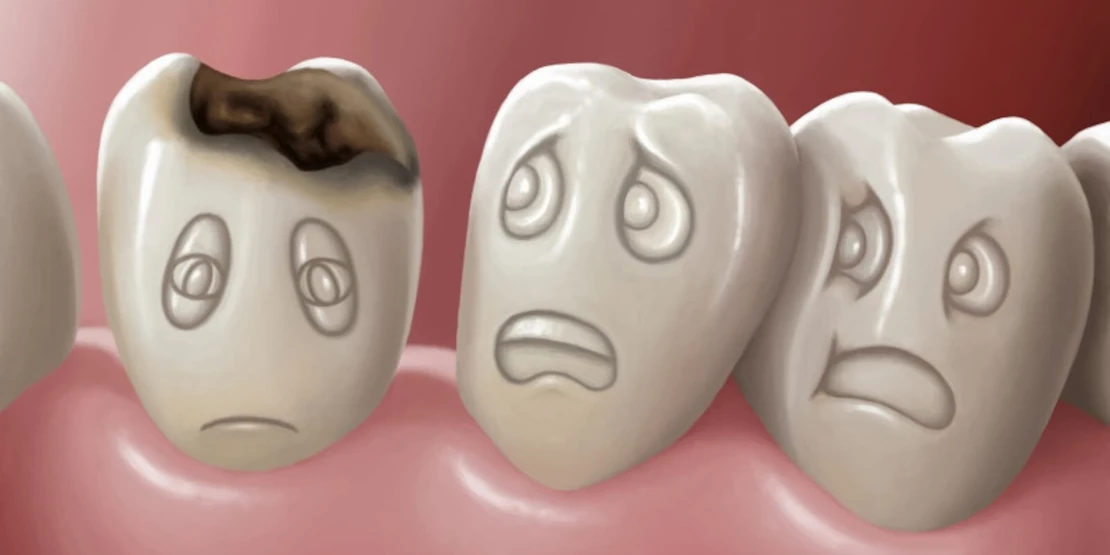
A person begins to feel pain from a decayed tooth only when the pathogens penetrate to its nerve. At this point, the enamel is already sufficiently destroyed and can only be restored by placing a filling. If the problem is ignored at this stage, it will lead to serious complications and possible tooth loss.
2. Once a tooth has been treated, decay will not recur on the tooth
No, it's not. A filling is not a guarantee that tooth decay will not develop again. There can be several reasons for this. Firstly, improper technique of placing the filling. Particles of the damaged tooth remain under the filling and continue to destroy the tooth.
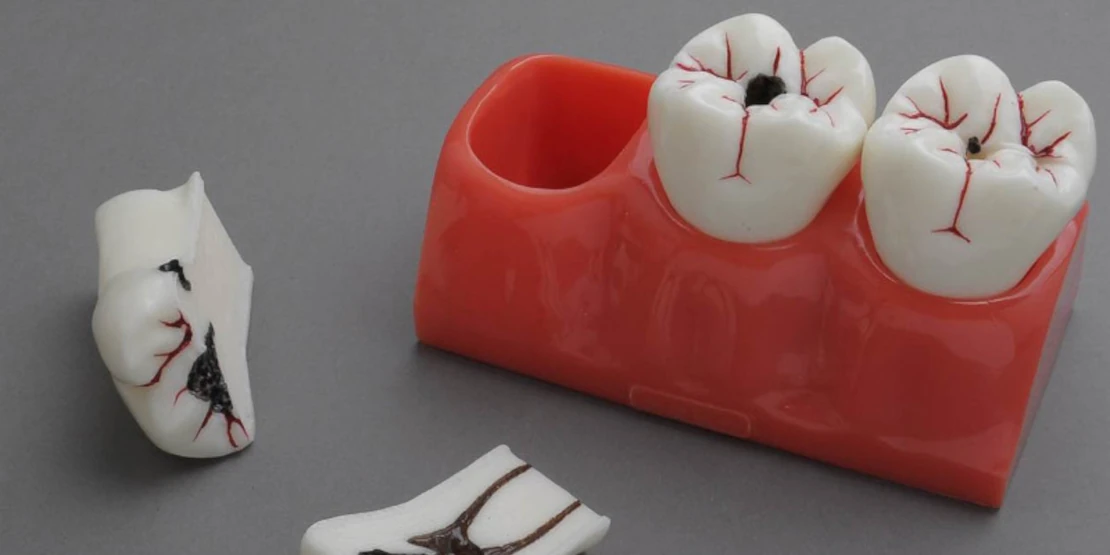
Fortunately, modern technology, such as microscopic dental treatment, rules out this cause almost 100%. Secondly, the cause, as in the case of the previous caries, is poor oral hygiene. It is a well-known truth that if something is not taken care of, it will deteriorate
3. Sweets destroy teeth
Everyone has heard as a child, "Sweets will make your teeth hurt." This statement is partly true, partly not. Most sweets are simple carbohydrates. They require a lot of enzymes to process, so they do not immediately begin to break down when consumed.
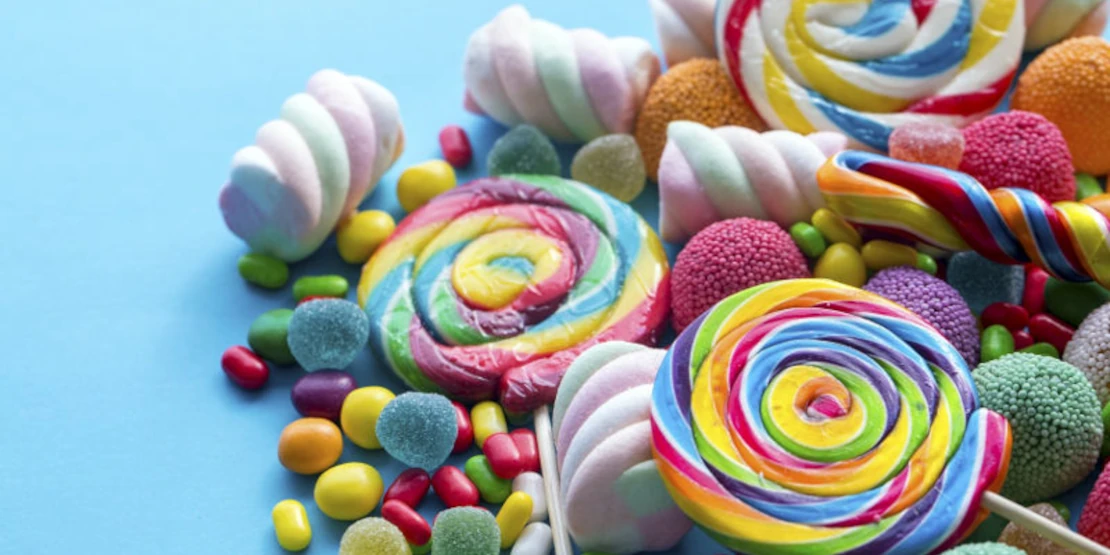
But there are also complex carbohydrates such as meat, vegetables, baked goods. Those are the ones that start to break down in your mouth.
But whatever carbohydrates you consume, try not to leave leftovers in your mouth for a long time. After all, this provokes the reproduction of pathogens and increases the risk of tooth decay.
4. Chewing gum prevents the development of tooth decay
Thanks to advertising, a persistent myth has been created that chewing gum helps whiten teeth and cleans them of plaque.
In fact chewing gum is only beneficial only for the first 10 minutes after a meal. It helps to get rid of food particles left in hard to reach places. Since we don't brush our teeth after every meal, chewing gum comes in handy.

But with prolonged use it overloads the chewing muscles of the jaw, joints and ligaments, which can lead to sprains and pain. Moreover, long-term use of chewing gum accumulates germs that are very harmful to you.
5. To remove a decayed tooth, you'll have to cut down almost the entire tooth
It is very common for many patients to go to the dentist to get a small filling and get a tooth cut down to half, or to be told that they will need a nerve extraction. Or, even worse, the doctor tells them that after treatment they will need a prosthetic tooth. It is not difficult to understand the fear of patients in such cases.
In order to understand why this happens, let's understand how tooth decay develops.
The tooth itself is made up of several layers. As already mentioned, the enamel that covers the tooth is made up of hard minerals and it is very difficult for decay to destroy it. But the inner part, dentin, is not so strong and is destroyed much faster. That is why at first glance you can see only a small hole in the enamel, but in fact the inside of the tooth is much more affected.
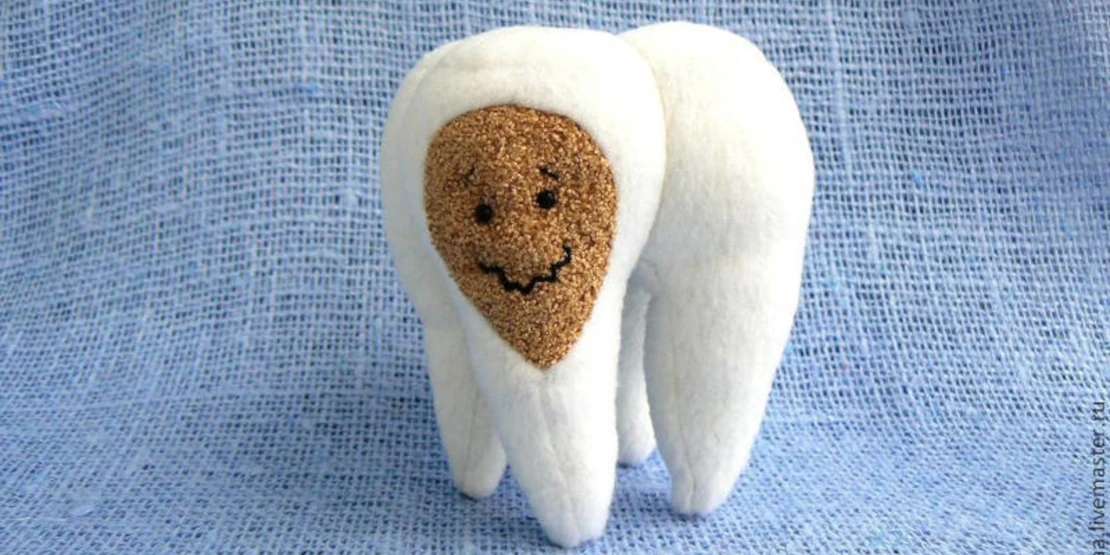
The most important thing in treating tooth decay is to remove the affected part of the tooth and stop the decay from spreading. Every dentist is interested in preserving the tooth as much as possible and "just in case" will not remove living tissue or nerve unnecessarily.
6. Tooth discoloration is tooth decay.
This is partially true. Dark spots on the tooth are affected areas of the tooth and pigment deposition on the top layer of enamel. But in this case, the decay is in a so-called inactive state. Naturally, it can move into an active form and begin to destroy the tooth, but many people live with such deposits all their lives. Of course, such stains are treated, but more for aesthetic reasons.
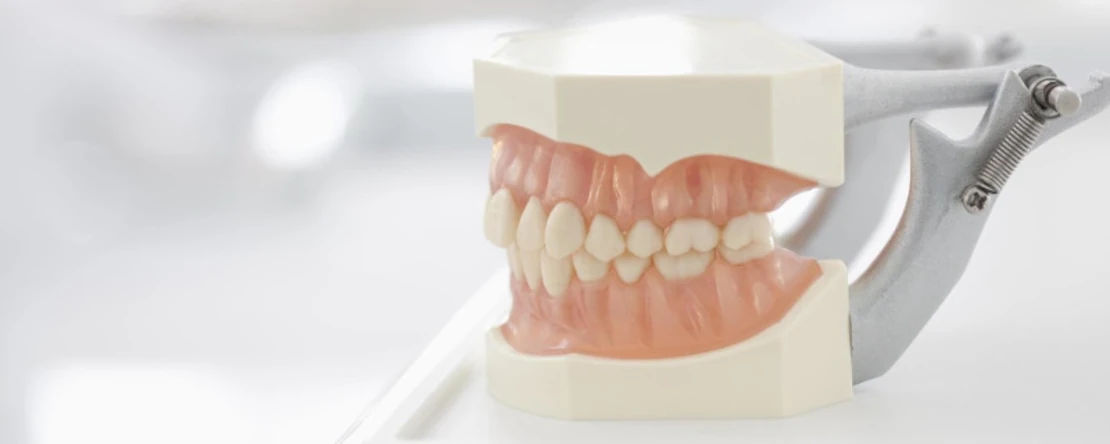
7. The more paste to use, the better
Actually, no. You can use the whole tube at a time, but the result will be the same. To brush your teeth, a sufficient amount of toothpaste from a pea to the length of a toothpick is enough. But what is more important is proper brushing technique.
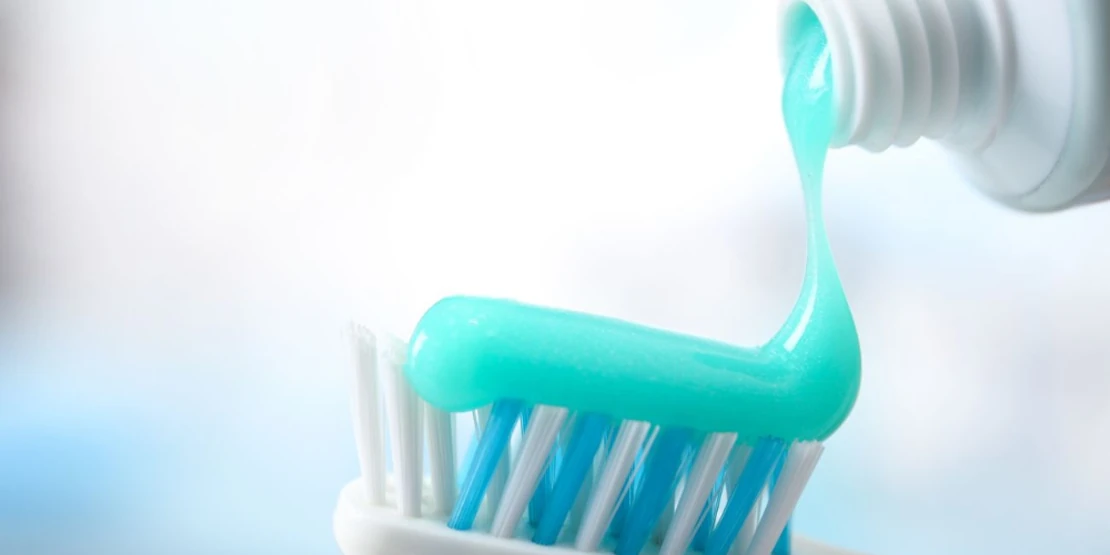
Always brush from gum to tooth in a vertical direction. This is the only way to do it, otherwise you run the risk of just pushing plaque under the gum rather than cleaning it. Also clean your tongue and oral cavity.
8. It is best to brush your teeth as often as possible
Everything is good in moderation. Don't overdo it. Brushing your teeth twice a day is enough, three at most. Be especially careful with whitening pastes. First, their frequent use can damage the enamel. Secondly, no toothpaste that is used at home will whiten your teeth.

If you are concerned about bad breath, seek medical advice. The cause of bad odor may be an internal problem of the body and frequent brushing of teeth will not solve them.
